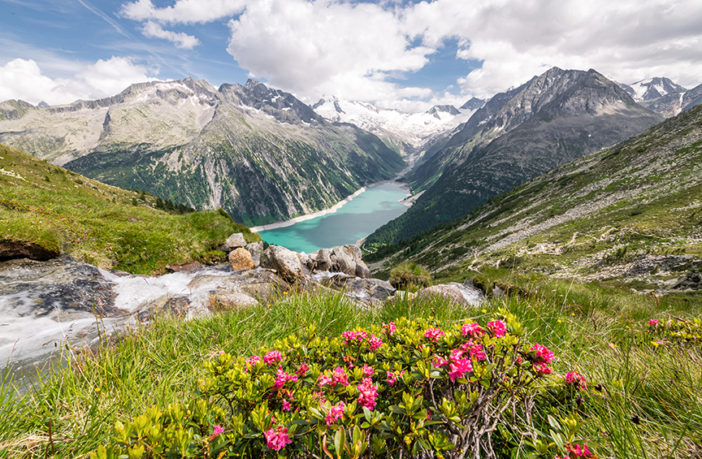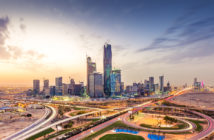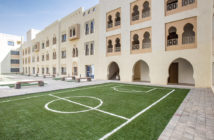With the challenges and adversity brought by the pandemic, it is important to visit places that set a spark in your well-being and soul. Feel the spark in Austria! Austria ignites a unique wanderlust in this new normal from old to modern, from urban cities to natural landscapes.
There is so much to experience and explore in the Republic of Austria, a mountainous landlocked country in south-central Europe surrounded by Germany, the Czech Republic, Slovakia, Hungary, Slovenia, Italy, Switzerland, and Liechtenstein. Located in the center of Europe, between east and west, on the great trade route across the Danube and magnificent Alpine passes, Austria has achieved great growth and prominence.
Austria has risen from more than a quarter-century of social and economic turbulence caused by the 1918 collapse of Austro-Hungarian Empire. After the allied troops withdrew at the end of World War II, the country became a stable and socially progressive nation. Over the years, Austria has been consistently ranking in the top 20 richest countries in the world. Whereas the capital Vienna ranks one of the first in the world in terms of quality of life. With a population of about nine million people, Austria has been a member of the United Nations since 1955 and joined the European Union in 1995.
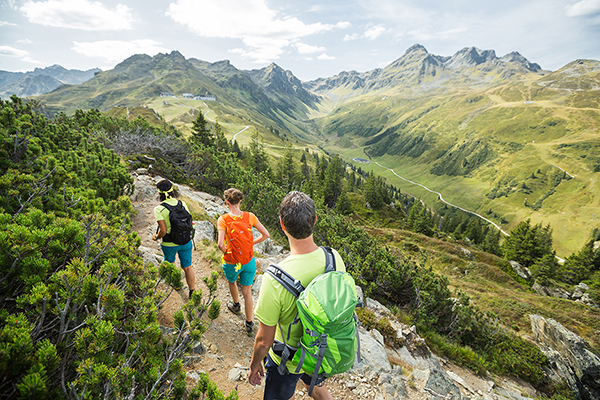
THE BEAUTY OF AUSTRIA
With its cool climate and endless entertainment, it is not easy to stay in one city only. Whether indoors or outdoors, in the water or the mountains, adventure beckons right and left during winter or summer.
The Austrian Alps, which will remind you of the sound of music, is a beautiful hiking destination. Stretching across most of the country, it will take a lifetime to explore its many ranges and trails. You can take easy day hikes along the Lünersee Circuit Trail, Stone Pine Path, Five Huts Trail, and Giglach Lakes. For more adventurous visitors, the Innergschlöss Glacier Trail, Olpeperhütte, and Friesenberghaus Loop Trail will take you to rivers, waterfalls, lakes, and glacier lookout points. For those who like to “work hard, play hard,” the famous ski resort area of St. Anton Am Arlberg is the place to visit and explore. Seefeld, a cross-country skiing center, in Tyrol is the venue of two Winter Olympics and the perfect spot for cold-weather sports and warm-weather treks and hikes.
With a vibrant history, Austria encompasses fascinating cities, castles, and villages. Vienna is a city celebrated for its architecture and is known as the European capital of classical music.
The 1,441-room Schönbrunn Palace is one of the major tourist attractions, while the Hochosterwitz Castle is believed to be the inspiration behind Sleeping Beauty’s castle. The Hofburg Imperial Palace served as the official Royal residence of the House of Habsburg until World War I. Moreover, a stunning piece of medieval Europe, the Hohensalzburg Castle, turns Salzburg’s skyline into a piece of art.
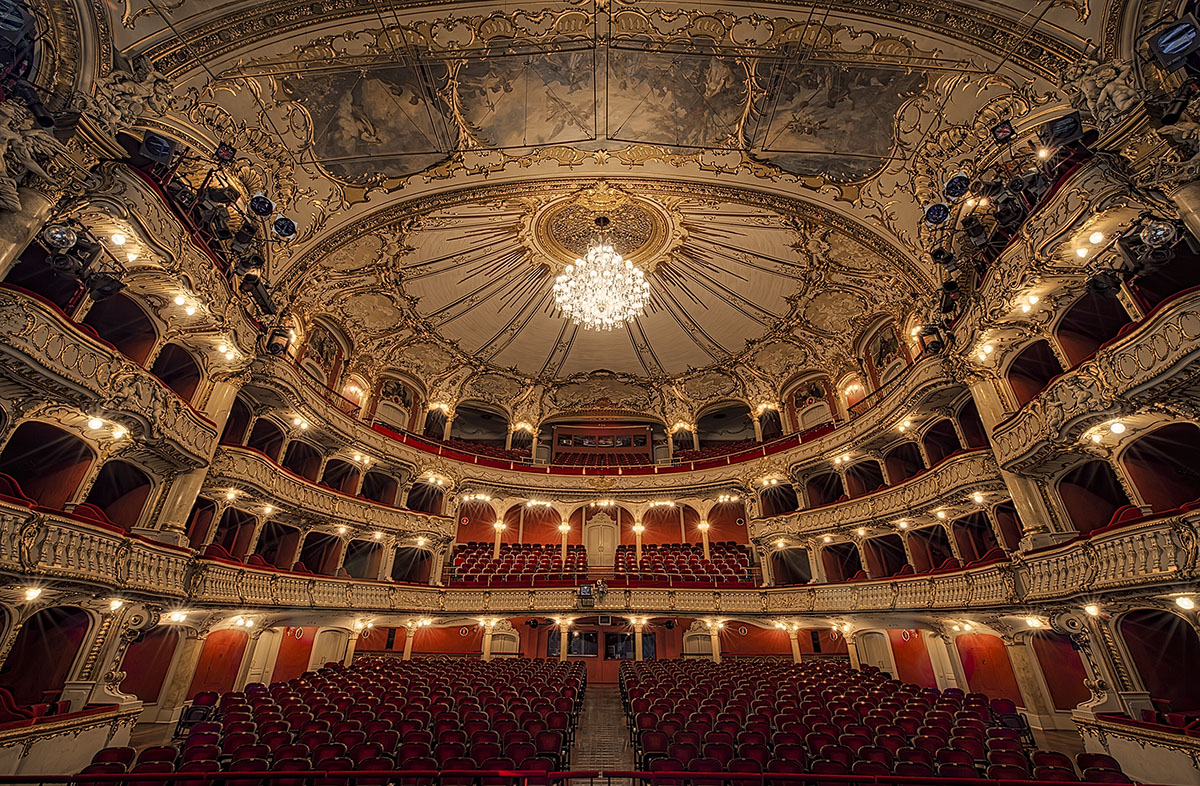
Austria has made an immense contribution to art, specifically music. The country is the birthplace of such genius composers as Johann Strauss, Franz Schubert, Franz Liszt, Anton Bruckner, and Joseph Haydn. The virtuoso Wolfgang Amadeus Mozart was born in Salzburg.
Austria is also home to world-renowned scientists, philosophers, actors, writers, poets, and novelists. The young and old masters of various arts and crafts are captivated and inspired by Austria’s alluring and enduring natural landscapes and rich cultural heritage.
Austrian cuisine takes its roots in the former Austro-Hungarian Empire and Central Europe. Most Austrians call the Schnitzel (breaded veal escalope) their national dish, other popular dishes include Tafelspitz (tri-tip meat), Rindsuppe (beef soup), Gulasch (hotpot), as well as various types of sausages – some of these delicacies are frequently served with sauerkraut (pickled cabbage) and dumplings. When it comes to sweets, Austria is popular for the Apfelstrudel (apple strudel), Sachertorte (chocolate sponge cake with apricot jam), and Linzertorte, a shortcake considered to be the oldest cake in the world. Austria is also famous for coffee; a drink served with passion since the second Turkish siege of Vienna in the 17th century. Coffee houses in Vienna are among the oldest in the world.
Austria is a popular tourist destination in Europe for many reasons. Every season is just exciting and perfect. People with different preferences can find something to discover and enjoy; admiring the banks of the Danube, the slopes of the Alps, the folds of the North Bohemian Forest, or simply strolling through medieval castles. A spark of Austria has been ignited, and the fire of adventure is roaring and soaring in the heart of Europe.
BILATERAL RELATIONS WITH SAUDI ARABIA
The Austro-Hungarian Empire maintained diplomatic presence in Jeddah nearly until the outbreak of World War I. The bilateral relations with Saudi Arabia picked up considerably after World War II, which led to the establishment of official diplomatic relations in 1957 and the opening of the Austrian embassy in Jeddah seven years later. In the 1960s, there was a growing engagement of Austrian businesses and institutions in many endeavors such as infrastructure projects of the Kingdom. Saudi Arabia brought the Organization of the Petroleum Exporting Countries (OPEC) and OPEC Fund for International Development (OFID) headquarters to Vienna and provided financial support to establish Vienna as the third official seat of the United Nations in 1979.
In the mid-1980s, Austria moved its embassy to Riyadh, where the current embassy premises were built in 1997. The 2000s saw the conclusion of bilateral treaties on the protection of investments, cooperation in business, trade, and technology, and an agreement on avoiding double taxation. Saudi Arabia has traditionally been Austria’s main export destination and trading partner in the Middle East.
In 2019, exports to Saudi Arabia amounted to €402.6 million; imports from the Kingdom amounted to €29.1 million. Over the years, Austrian companies operating in Saudi Arabia have gained a reputation as specialists in certain areas, particularly in water transport and desalination, transport, railway technology, infrastructure, renewable energy sources, environmental, and medical technology.
In addition to political and economic collaboration, the diplomatic ties between the two countries have been constantly strengthened by regular mutual visits of heads of state and government ministers. More recently, in June 2021, Saudi Arabia’s Foreign Minister Prince Faisal bin Farhan visited Austria and discussed bilateral relations as well as the most important common international issues with the Austrian leadership. Former Austrian federal minister for foreign affairs, Alexander Schallenberg, who in the meantime has been appointed federal chancellor (prime minister), met with Prince Faisal and the Saudi minister of investment Al-Falih in Riyadh and Al-Ula for another round of cordial and fruitful talks in September of this year.
With the dynamic social and cultural changes taking place in the Kingdom during the reign of King Salman, Saudi Arabia and Austria are working on a wide range of new cooperation projects in areas such as the green economy and cultural initiatives. The aim of the cultural activities of the Austrian embassy in Riyadh is to represent Austria as a modern cultural country and promote intercultural dialogue.
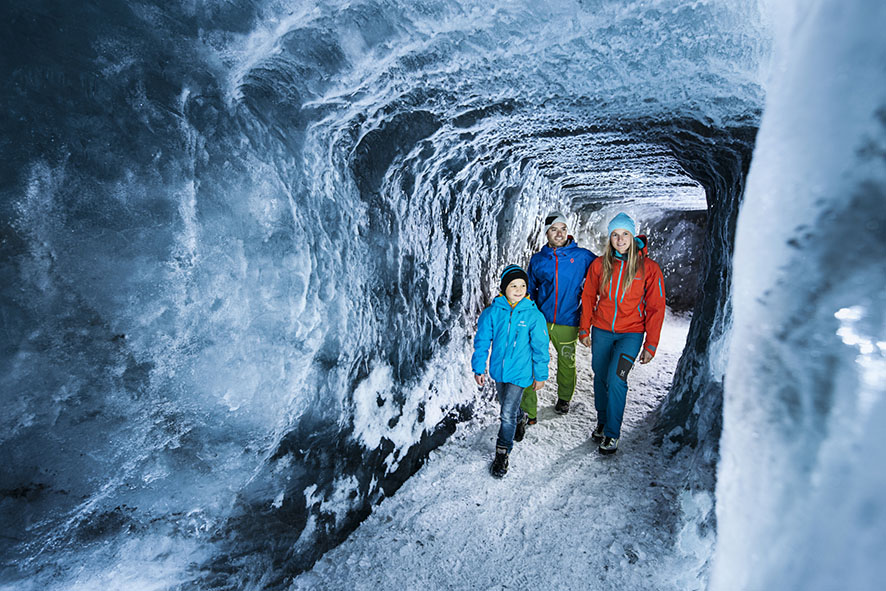
WHERE TO GO
- Take a guided tour of the Schönbrunn Palace in Vienna. Considered Austria’s most popular tourist attraction, the palace boasts stately imperial ceremonial halls, charming gardens, and the nearby Schönbrunn Zoo, the oldest zoo worldwide.
- See some of Vienna’s most grandiose buildings at the Ringstrasse (ring road) circles, the city’s first district and home to the State Opera, Parliament, and City Hall.
- Climbing the Schlossberg Hill and Clocktower is a must for first-time visitors to Graz, Styria. There are three different ways to do it: climbing the 260-step stairs, taking the lift, or riding the Schlossbergbahn funicular.
- The Hohensalzburg Fortress in Salzburg is a short but steep walk from the city center. Built in 1077, the fort has the Princes’ Chambers with furnishing dating back to the early 1500s. While in Salzburg, one must visit Mozart’s home at “Hagenauer Haus” at No. 9 Getreidegasse.
- A fascinating world of crystals awaits tourists at the Swarovski Crystal Worlds in Wattens, Tirol. There are 17 separate crystal chambers, including a giant crystal dome and an infinity mirror room. Outside, a cloud made of 800,000 crystals has been captivating guests since its installation.
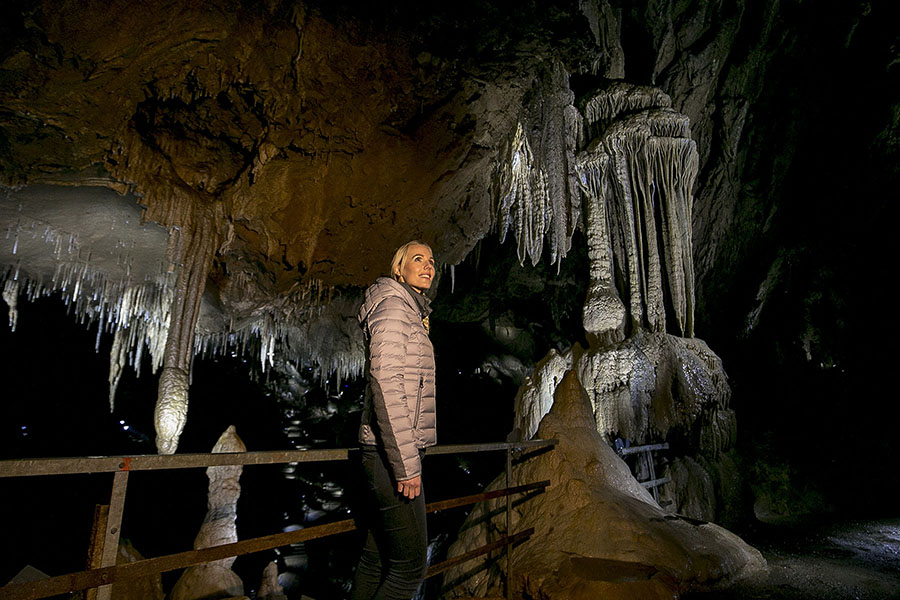
WHAT TO DO
- Reach a summit and see the world from the top by hiking and climbing some of Austria’s famous mountains and platforms: Dachstein in Upper Austria, Pyramidenkogel in Carinthia, Hohe Wand Sky Walk in Lower Austria, and Adlerhorst Viewing Platform in Tirol.
- Enjoy hours of fun at the Vienna Wurstelprater, the oldest amusement park dating back to the time of the Austrian Empire. Try some of the park’s highest rides: Prater Turm, Freefall Tower, Space Shot, and Wiener Riesenrad (Ferris wheel).
- Live in a fairytale for a moment and discover Austria’s ice caves: the Obir Stalactite Cave in Carinthia, Mammut Cave, and Koppenbrüller Cave in Dachstein to the Giant Ice Caves, the world’s largest ice cave, in Werfen. Also, visit the salt mines of Hallein and Altausee.
- Ski in snow-sure pistes and unrivaled aprés ski. With its 305- kilometer of slopes and 88 lifts, Ski Alberg is the largest ski resort in the country. The versatile Skivelt Wilder Kaiser-Brixental ski resort is ideal for beginners and professionals alike.
- Discover the mighty Danube River. A river that covers an area of 2,889 kilometers. Stretching from Germany to the Black Sea, the Danube is considered Europe’s lifeline. Travel along the Blue Danube and enjoy Linz, Krems, Abbey of Melk, the Ruin and Abbey Church of Dürnstein. One-day cruise ships for sightseeing are also available.

